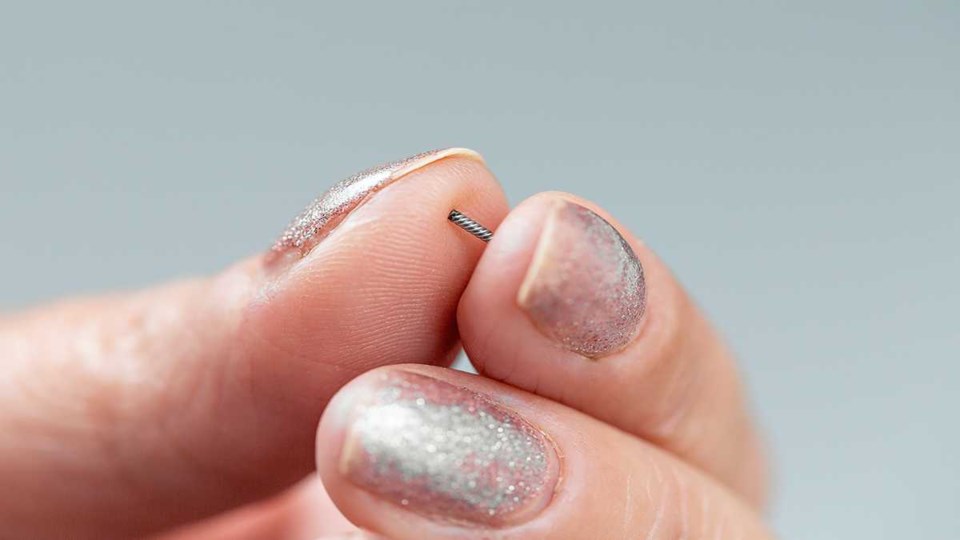A multi-disciplinary team at Cambridge Memorial Hospital (CMH) has become the first in Waterloo-Wellington to use Magseed localization to remove breast lesions.
This revolutionary technology is used instead of wires in a common procedure to remove breast lesions, reducing discomfort for patients while streamlining care. The procedure was performed for the first time on April 4, helping to advance the standard of breast cancer care in the Region of Waterloo.
The Magseed marker has already helped over 100,000 women to benefit from more accurate marking and removal of breast tumours worldwide.
“This is an exciting step forward for breast cancer care in our region and another innovative tool our surgical and diagnostic imaging teams will use to enhance our breast care services,” said Dr. Winnie Lee, Interim Chief of Staff, and Chief of Diagnostic Imaging.
“With the introduction of Magseed, our surgeons are better able to localize and remove the breast lesion, while improving the patient experience and increasing the efficiency of the teams involved. This new technology has the potential to have a significant and positive impact on care at CMH. It truly is a multi-disciplinary and patient-centered advancement in breast care.
The marker is a small seed made from surgical grade steel. The procedure involves a radiologist placing the seed into a breast lesion before surgery, to guide the surgeon in its removal in the operating room.
Using a dedicated probe called Sentimag, the seed within the lesion becomes visible allowing the surgeon to remove the lesion more precisely.
This means removing less tissue which can lead to a better cosmetic outcome for patients. The marker can be placed under image-guidance up to 30 days prior to the breast surgery, which is much more comfortable for patients.
It also allows more flexibility for scheduling insertion or localization of the breast lesion, and the date of surgery. In the traditional guidewire method of cancer marking, the wire is placed on the day of surgery.
“We did our first biopsies on April 4 and all went better than planned, and in less time than usual,” added Dr. Donna Kolyn, general surgeon at CMH. “Now that patients can have the Magseed placed well in advance of their surgery, the time constraints we had with the older method are no longer there. This is better for the patient because they don’t need to be here for very long and with the time saved, we may be able to schedule more patients in a day.”
“CMH is very proud of its legacy to offer complete, integrated breast care for our community," Dr. Lee added. "From consistently meeting Cancer Care Ontario’s targets for diagnosis and grading tumours, to timely surgeries and being able to offer highly innovative breast reconstruction services, patients can rest assured that they have what they need at their local hospital”.
